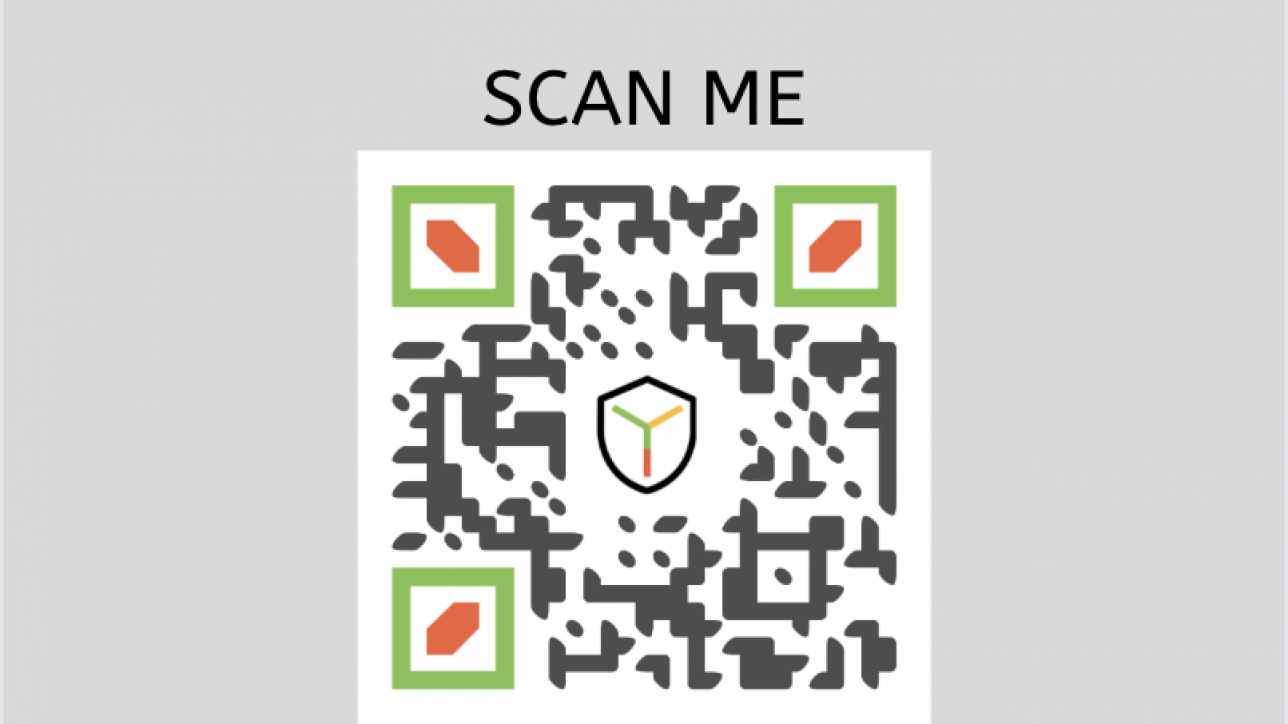QR codes are widely used in everyday life in China, and other countries are following suit – is your business ready to profit from the ‘code economy’?
On any given day in China, an average person will use a QR code dozens of times – to get on public transport, pay for a coffee, buy a movie ticket, donate money to charity or exchange details with a new business contact. The country’s ubiquitous WeChat and Alipay apps utilise QR code technology for all commercial interactions and exchanges, meaning QR codes are part of the very fabric of modern Chinese society.
Just last month, OCBC Bank in Singapore announced customers could begin to withdraw cash from their ATMs using QR codes and fingerprint or faceprint technology to authenticate the transaction. More secure than a PIN number that can be lost or stolen, the Bank of Indonesia is so sure of the technology it just announced a QR Code Standard to “promote transaction efficiency and accelerate financial inclusion” across the archipelago.
But it’s not just Asia where QR codes are gaining popularity. In June, the Australian real-time payments infrastructure provider New Payments Platform (NPP) revealed it’s working with banks, merchants, and payment services providers to hook-up scan-to-pay QR codes to its real time network to help replace cash for small transactions. The hope is that within a year mobile vendors, such as food trucks, and even the humble sausage sizzle, will be using QR codes for payments.
Plus, local governments in the UK have had such immense success using QR codes to prove voter identity in recent elections that there are calls to use QR codes for the Voter ID Scheme nationwide by 2022.
It’s clear that QR codes are becoming vital to the world’s digital ecosystem, but why are some countries leading the way and others are still cautious to take the leap into a full ‘code economy’?
Why ‘contactless’ stops connection
In countries like the USA, UK and Australia a competing technology, contactless NFC, is offered by most major banks and retailers to conduct transactions instead of QR codes. While the technology is useful, it is missing a fundamental benefit of QR codes – engagement.
In China, using QR codes for everyday transactions allows customers to not only pay for items with a scan of their phone, but they can also earn loyalty points at each point of sale; view the story of the farmer who grew the coffee beans they are now drinking; provide feedback on their latest wine order; and, importantly, confirm the product they just purchased online is not counterfeit. Customers expect convenience, but when your business provides connection you turn a customer into an ambassador.
For years, scanning QR codes used to require downloading a clunky app, but Apple now includes QR code scanning capabilities in its camera for anyone with an iPhone 6 or higher, or who is running iOS 11 on their device. Now that scanning a QR code is as easy as taking a selfie, Western markets are likely to see an upsurge in use of the technology.
Not your average QR code
For any business looking to enter the China market, or engage in the multi-billion cross-border e-commerce sector, QR codes are a vital tool to doing business. But the standard technology has one key flaw – QR codes can be copied and counterfeited if they do not have multiple levels of authentication and security.
Normal QR codes are open source and can be created, and therefore copied, by anyone. As fake QR codes cannot be detected by the human eye, scammers are replacing real codes with fake ones embedded with ‘Trojan viruses’ programmed to steal the personal information of customers. In 2017, in Guangdong province in China, it was estimated that US$13 million was stolen from unsuspecting consumers via QR code scams.
But, YPB’s next-generation ProtectCodes go well beyond normal QR code technology. Each ProtectCode contains two-factor overt and covert authentication, and can include YPB’s Motif Micro or Tracer technology combined with unique serialisation. When a customer scans a Motif Micro QR code they are notified immediately if the product they are holding is counterfeit or not – instant authentication that protects your brand from fakes making their way into the market.
Codes that protect and connect
Tracking and tracing your products through the supply chain provides peace of mind to you and your customers, and many of the world’s largest brands agree – as of July 2019 YPB has issued over 100 million ProtectCodes to our customers.
Even better than the anti-counterfeiting benefits provided by ProtectCodes, is how they increase brand and customer engagement. By combining ProtectCodes with the YPB Connect Platform, a cloud-based system that can harvest customer profiles from interactions and integrate social media content into marketing campaigns, brands are driving interaction and customer loyalty at the point of sale and beyond.
The authenticity of your product triggers engagement with your brand, which means you get an anti-counterfeiting tool and marketing activation all in one.
QR code technology is reshaping the world today, but YPB ProtectCodes are transforming the world of tomorrow – contact us today to be at the future of business.

